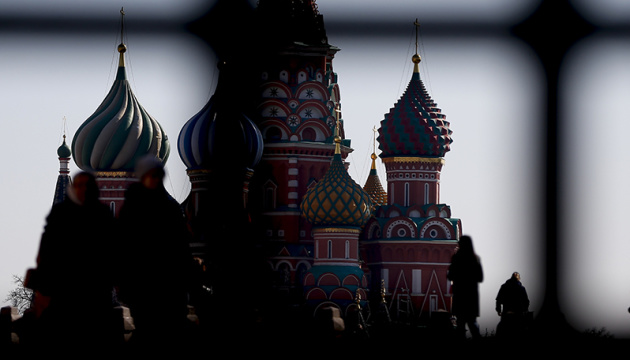Russia's heating breakdowns amid sub-zero temperatures stem from longtime military prioritization over domestic infrastructure, exacerbated by wartime strains on budgets and workers, according to the UK Defense Ministry's intelligence report.
The ministry wrote:
- In recent months, there have been heating breakdowns in 16 locations across Russia. These breakdowns amidst sub-freezing temperatures are an expansion of an existing problem that has plagued Russian cities and towns for decades, but has likely become more acute due to Russian wartime policies.
- Russia has routinely prioritised military spending over re-investment in general public infrastructure, especially since their invasion of Ukraine in 2022. Many regional governments have been asked to take on the burden of operating with less federal revenue and have been asked to fund local volunteer forces, which has likely stretched their budgets and necessitated some cuts to maintenance spending. Additionally, mobilisation has likely led to a workforce shortage across all industries including qualified heating engineers and plumbers.
- Putin has asked the Minister of Emergency Situations, Aleksandr Kurenkov, to ensure the supply of heating and electricity to residents. Appearing to tackle this issue is likely a key concern for Putin ahead of the forthcoming Russian presidential elections.
Last fall, the British Defense Ministry reported
that Russia planned to increase military spending by 68% in 2024, with Russia’s government is diverting more resources to the military while reducing funding for healthcare and education, and increasing financial pressures on Russian businesses.
Read also:
- US Treasury: Russia’s economy under “considerable strain” due to its war in Ukraine
- Russian military footwear companies import $ 4.1 mn worth of goods from Europe – investigation
- Ukraine squeezes every last drop for defense in 2024 budget, Russia still 2.5x more
- British intel: Russia plans to increase military spending by 68% in 2024
- British intel: 2024 Russian defense spending to jump 68% to USD 112 bn

